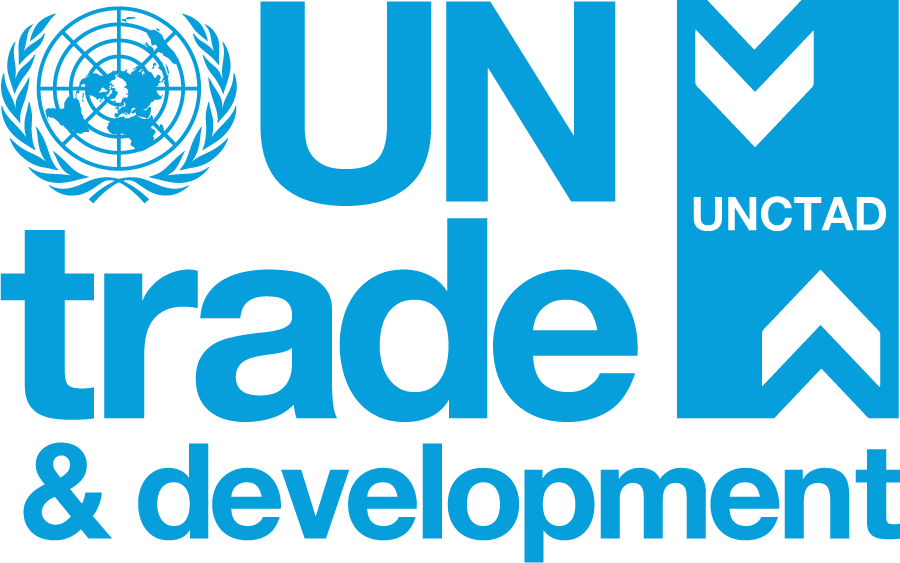Written by Lance ThompsonArticle No. 24 [UNCTAD Transport and Trade Facilitation Newsletter N°79 - Third Quarter 2018]
Putting in place electronic data exchange of information is an element of transport and trade facilitation reforms, like consultation between public and private sectors, streamlining processes and reducing redundant procedures. In practice, electronic data exchange is often a means to achieve other trade facilitation goals, for example establishing a single window or modernizing a specific certificate will often be conceived through electronic data exchange.
Processes in the paper world vs processes through electronic messages
Taking a step back, in the paper-based world, information written on a document is often ‘free text.’ This means that the information is not structured, and that the data provided can, in theory, take the form of any text. Some forms will provide a specific number of spaces: for example, allowing a maximum of three letters (for Yes or No). In this case, responding to a question with “it depends” should not be possible.

When moving to an electronic data exchange, practically all information must be structured. The consignor, the buyer, the importer or the freight forwarder are identified in fields dedicated to entering this specific information. An address will usually be structured in the following manner: address line1, address line2, city name, zip code, country instead of a block for free text. Very often information will be codified with a clear, limited code list.
Why is this important? Because when two or more computers are exchanging information through an electronic exchange, the sender and receiver must be able to understand clearly and interpret correctly the intended information to ensure successful processing of information upon arrival.
In a world of multiple exchange languages…
In electronic messages, we need to distinguish between the semantics (the base meaning of each data element) and the syntax (the protocol or language to communicate the information). If everyone used the same syntax (for example the UN/EDIFACT, which is centrally maintained, developed and published) then the information in the message would be clear and everyone would be sure to understand the same things on the sending and on the receiving side.
However, this is not always the case. Many partners use different syntax, such as XML syntax, each designed within a company or organization to reflect their specific needs. This is due to the flexibility of XML and of other syntax such as JSON. International standards do exist for this, such as the XML of the UN Centre for Trade Facilitation and Electronic Business (UN/CEFACT), but computer programmers often opt to use their own logic.
… Building bridges is crucial
To establish the links between the sender’s syntax and the receiver’s syntax, correlation tables and bridges are used, which creates stable work for computer programmers… However, data in such messages is often hierarchal in nature. For example, a seal identification number will be linked to the container on which it is affixed, or a city name will be linked to the address to which it refers. So, it is not just one big list of data; it will have hierarchal values in a business context. Any changes in either the sender’s or the receiver’s message requires re-establishing these bridges …
There are suggestions that artificial intelligence and computer learning can provide these bridges and correlation tables without needing to clearly define the base data elements. In theory, this is true. However, enormous amounts of data are necessary to ensure that the links between different message structures are correct. For common information available on most commercial exchanges, such as traders’ names and addresses, this may be easy to establish. Less frequent information is less likely to be properly understood. And again, each time there is a change in the message structure on the sending or receiving side, the computer learning will need to re-establish the connections after reaching a critical mass of data.
Semantics standards offer another interesting alternative
The use of international standards for semantics may take a bit longer to put into place, but it will ensure that everything is understood by everyone in the same way – without resorting to correlation tables and bridges.
This means standardizing the base information which is being exchanged using clear definitions. UN/CEFACT provides a model to achieve this. Its Core Component Library is a semantic encyclopaedia of all data that can potentially be exchanged in a transaction. This model provides the base semantic definitions, the hierarchy of the data in its business context and all relevant code lists. In addition, UN/CEFACT has developed Reference Data Models to manage the information more coherently, providing all the information in the context of a specific sector of activity, such as transport logistics, or of a specific supply-chain.
For more information please contact:
Lance Thompson, Secretary to UN/CEFACT, UNECE – Trade Facilitation Section lance.thompson@un.org



